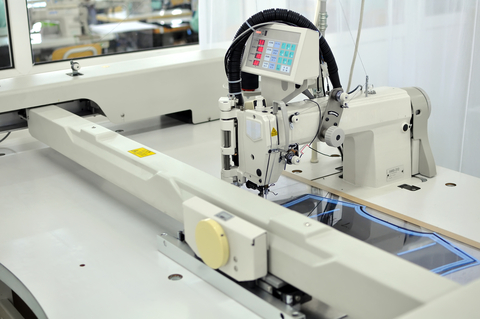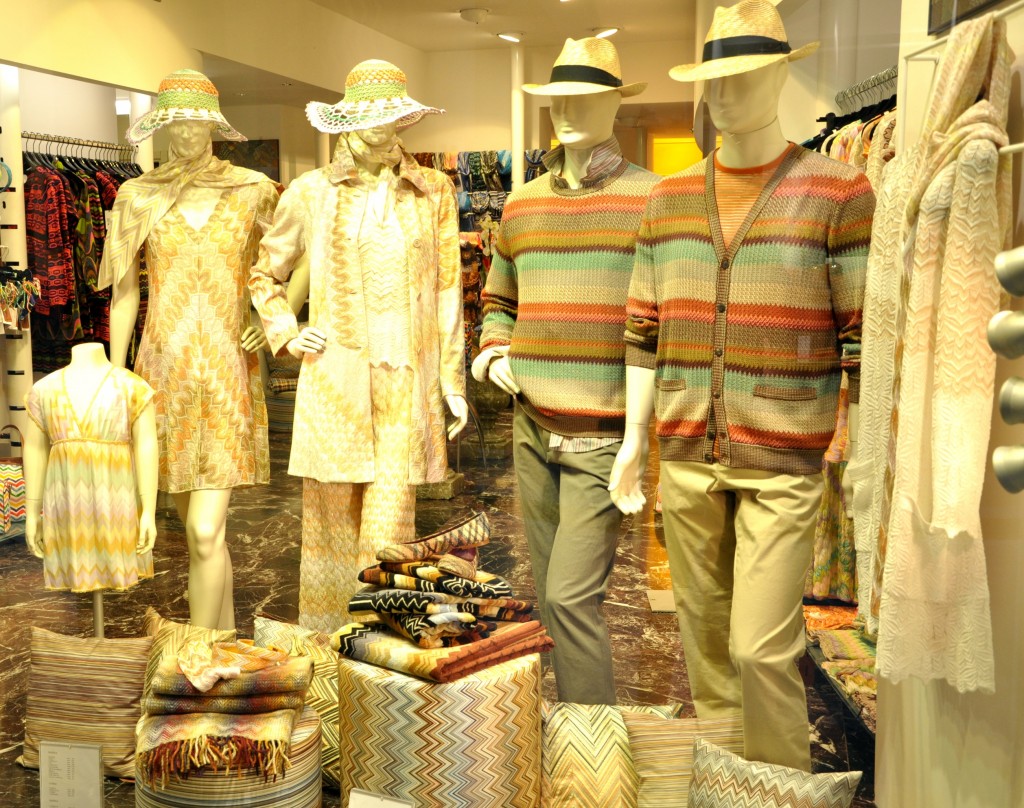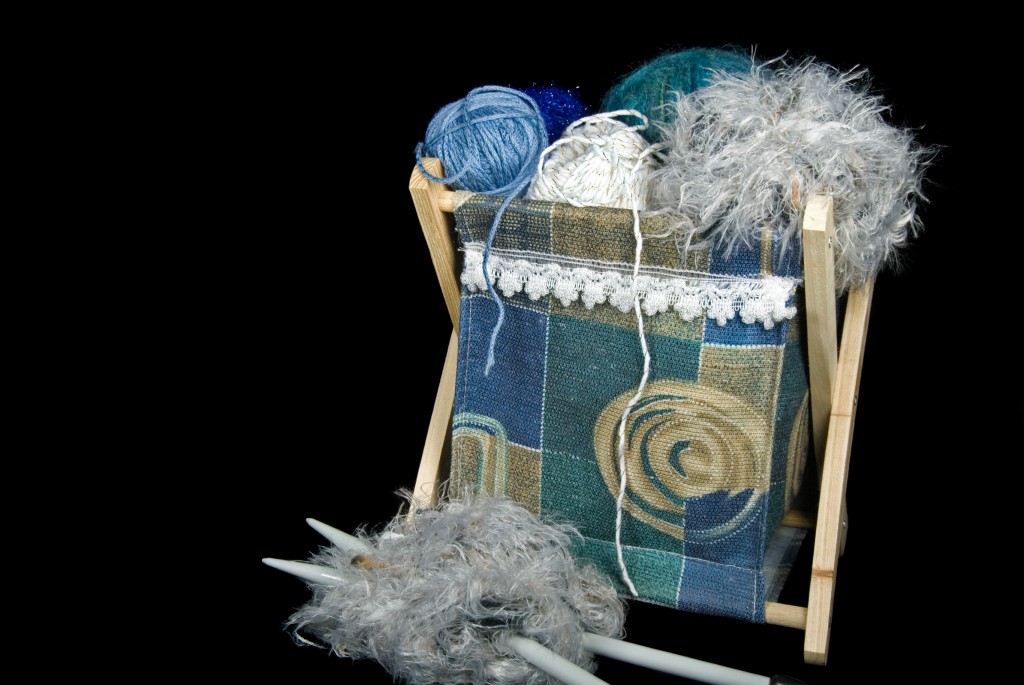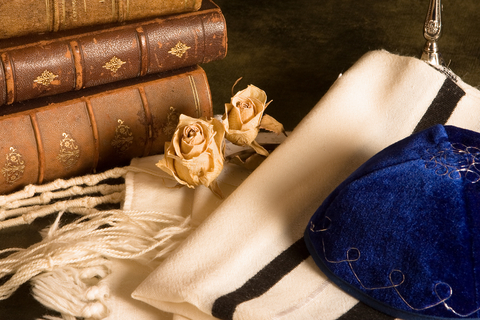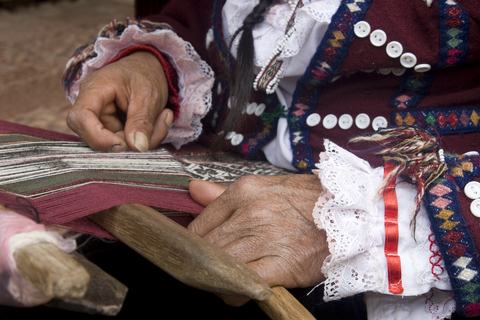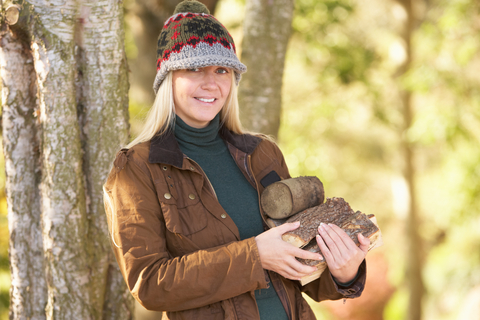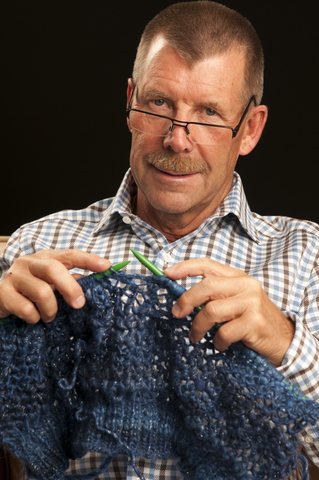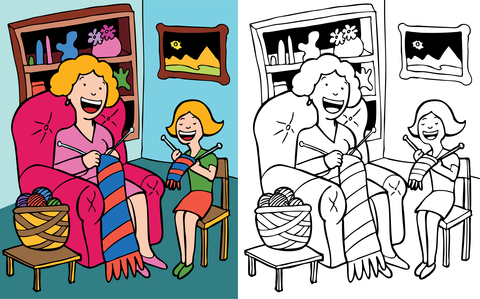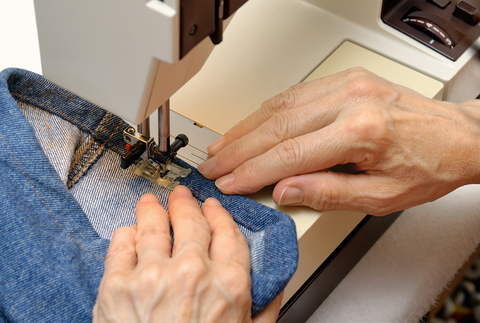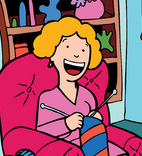Machine knitting is a great way to make knitted goods in a much more time efficient manner. Machine knitting can recreate many of the same knit looks that are so popular in hand knitting, such as cables and faire isle patterns. It is much faster than hand knitting, and having a knitting machine in your craft room can save you a lot of time and prove to be a valuable addition to your crafting tools. If you’re looking to save time and create beautiful knits at the same time, investing in a knitting machine may be right for you. You just need to know some important machine knitting techniques so that you can begin making even the most intricate patterns.
How to Make a Cast-On
If you’re planning on using a seam or a hem on your knit goods, a cast on is not essential in machine knitting. However, a good cast on can make all the difference in your machine knitting. The best way to cast on with a knitting machine is the wrap cast-on, or E-wrap cast on. To do this, you simply wrap the yarn counterclockwise around the shaft of each needle individually. Once you’ve done this, you can thread your carriage and knit according to the pattern.
Using the wrap cast on for your machine knit projects will make your garments hang better and give them a professionally finished look. After all, if you were going to take the time and effort to create a sweater to wear in public, wouldn’t it be better to have it look great? The wrap cast-on is a quick and easy way to improve the look of your entire garment.
Always Create a Swatch
Whether you are knitting by hand or by machine, a gauge swatch is always an important first step. A gauge swatch can ensure that you get the proper tension and fit for your garment. This can be the difference between a sweater that fits and a sweater that looks like it was intended for someone twice your size.
Swatches are really quick to make and can save you a lot of time in the end. To create a swatch, you simply knit a small square in the stitch pattern you intend to use in the garment. It might be a good idea to make several swatches using different tensions, and then wash them as you intend to wash the finished garment. This way you know which tension to use for your project to get the best fit in the end.
Combine Hand Knitting with Machine Knitting
Knowing how to hand knit can really benefit your machine knitting productivity. By combining hand knitting and machine knitting, you can increase your stitch options and make more complex designs. By using some hand knitting along with your machine knitting, you can improve some of the following processes:
- Produce simple and complex cables
- Speed up production processes
- Add ribbed borders to sweaters and other garments.
Machine-Knit Goods
When using a knitting machine, you can create any knitting project you want. If you’re creating goods for your own household, you can benefit from a knitting machine by being able to make items much faster than by hand. You can also benefit from a knitting machine if you are making goods to sell, because you can decrease your production time. Some knit goods you can create with a knitting machine include:
- Blankets
- Scarves
- Socks
- Hats
- Sweaters
Owning a knitting machine can be a great way to knit goods for your family, friends, or even for a business. You’ll find that purchasing a knitting machine can be a great investment and will save you a lot of time and energy. If you are interested in using a knitting machine, learning some important techniques and tips first can help increase your productivity and help you design more detailed patterns from the beginning. Many knitters that invest in a knitting machine find that this is a great way to produce garments that would have taken too long to knit by hand. If you’re just being introduced to machine knitting, these techniques can help you learn the correct way to use your machine.
